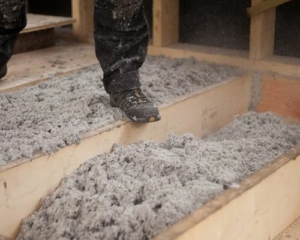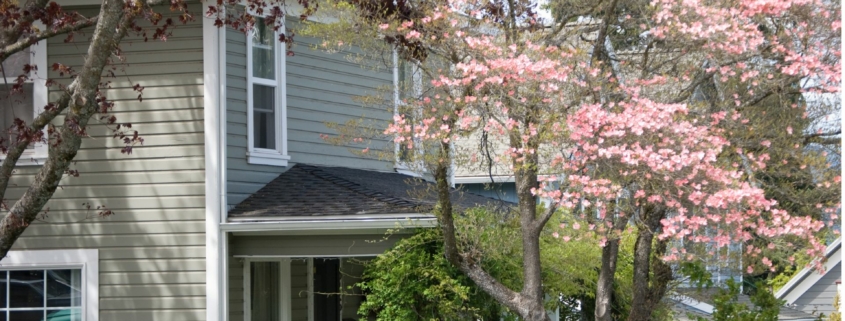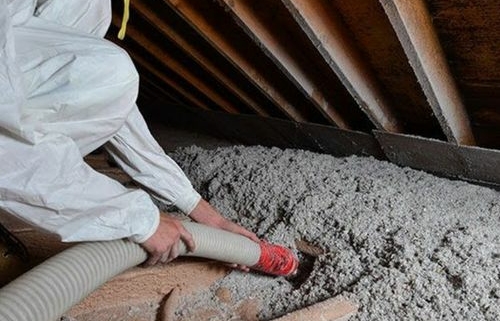So here we are, it’s the first day of spring! If you’re like many people, at least one of the associations with spring is “cleaning.” Here are some thoughts on Do’s and Don’ts for cleaning your house ‘on the outside’:
Pressure washers are used widely in cleaning the exterior of your property, but they do not lend very well to vinyl siding and aluminum siding products. They are great for hard surfaces like concrete brick and other masonry, but if used at full pressure, it will force water behind the vinyl and aluminum siding products and that’s not the goal.
Your better option is to use an exterior cleaning product that typically includes bleach, and application is very easy. Simply put your cleaning solution in a garden sprayer and at very low pressure, mist it onto the siding, trim, and gutters, and other exterior surfaces. Typically, all that is required is to then rinse it with garden hose water pressure. If mildew stains persist, a second application with some scrubbing perhaps will help remove the balance.
In most cases, all of this can be done from the ground, which means unlike using a pressure washer at second-floor levels, you don’t have the risk of falling.
My favorite exterior cleaning product is called JoMax. With the appropriate amount of bleach and water added, 1 gallon of JoMax provides 20 gallons of cleaning solution. Otherwise, on your brick, concrete, and masonry surfaces, you can go to town with a pressure washer and enjoy a nice, clean home to welcome springtime
As we move from A/C season into the winter heating season, something to think about is insulation.
Exactly what is it?
Simply, insulation slows the transmission of heat from a warm space to a cold space. The ‘science’ of it is that heat energy always flows towards cold. Insulation slows the movement of the warm energy to the cold side.
Why is insulation important?
When we slow down the loss of heat from our home, our heating system runs less often or for shorter periods of time and the cost to keep our home comfortable is reduced. Since buildings have 3 dimensions, we would look at insulating the floor, the walls, and the ceilings. Floors and walls are either not possible or just impractical. That leaves the ceiling. Warm air rises, so buildings lose the majority of heat through the ceilings.

If your home has an attic space, it’s as simple as adding more insulation, which slows down how fast the heat that is in your house moves into the colder space above the ceilings. In the majority of cases, if you already have insulation in your attic, you can just add a ‘blanket’ to that. Fiberglass batt insulation is an option, but unless installed perfectly, you could end up with air gaps which could seriously compromise its performance. My fav is loose fill, blown cellulose.
Good News! Insulation that helps keeps heat in longer will also slow heat in summer passing into your home. It’s all about slowing the transmission of heat energy. Something to consider.


